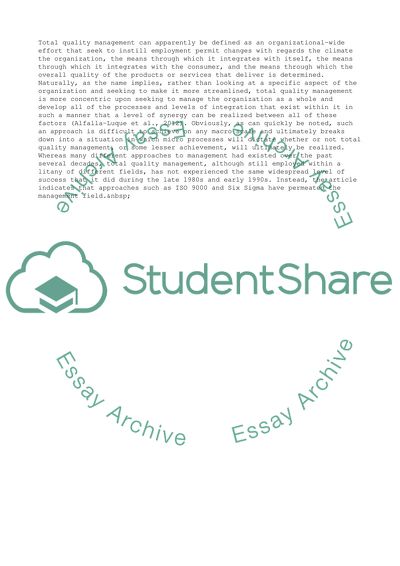Cite this document
(Total Quality Management for Improving Workplace Performance Annotated Bibliography, n.d.)
Total Quality Management for Improving Workplace Performance Annotated Bibliography. Retrieved from https://studentshare.org/management/1845733-total-quality-management-tqm-to-improve-workplace-performance
Total Quality Management for Improving Workplace Performance Annotated Bibliography. Retrieved from https://studentshare.org/management/1845733-total-quality-management-tqm-to-improve-workplace-performance
(Total Quality Management for Improving Workplace Performance Annotated Bibliography)
Total Quality Management for Improving Workplace Performance Annotated Bibliography. https://studentshare.org/management/1845733-total-quality-management-tqm-to-improve-workplace-performance.
Total Quality Management for Improving Workplace Performance Annotated Bibliography. https://studentshare.org/management/1845733-total-quality-management-tqm-to-improve-workplace-performance.
“Total Quality Management for Improving Workplace Performance Annotated Bibliography”, n.d. https://studentshare.org/management/1845733-total-quality-management-tqm-to-improve-workplace-performance.


